#D&D 5E
Explore tagged Tumblr posts
Note
Can you please do the Zezir? That weird fire raptor that I never remember how to spell right.
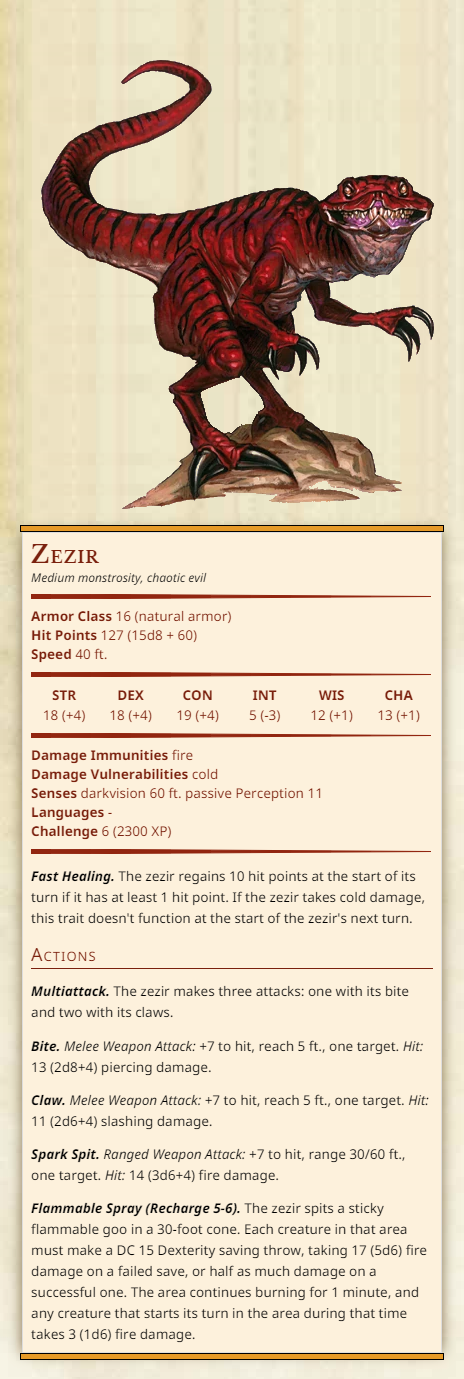
Zezir Medium monstrosity, chaotic evil Armor Class 16 (natural armor) Hit Points 127 (15d8 + 60) Speed 40 ft. Str 18, Dex 18, Con 19, Int 5, Wis 12, Cha 13 Damage Immunities fire Damage Vulnerabilities cold Senses darkvision 60 ft. passive Perception 11 Languages - Challenge 6 (2300 XP) Fast Healing. The zezir regains 10 hit points at the start of its turn if it has at least 1 hit point. If the zezir takes cold damage, this trait doesn't function at the start of the zezir's next turn. Actions Multiattack. The zezir makes three attacks: one with its bite and two with its claws. Bite. Melee Weapon Attack: +7 to hit, reach 5 ft., one target. Hit: 13 (2d8+4) piercing damage. Claw. Melee Weapon Attack: +7 to hit, reach 5 ft., one target. Hit: 11 (2d6+4) slashing damage. Spark Spit. Ranged Weapon Attack: +7 to hit, range 30/60 ft., one target. Hit: 14 (3d6+4) fire damage. Flammable Spray (Recharge 5-6). The zezir spits a sticky flammable goo in a 30-foot cone. Each creature in that area must make a DC 15 Dexterity saving throw, taking 17 (5d6) fire damage on a failed save, or half as much damage on a successful one. The area continues burning for 1 minute, and any creature that starts its turn in the area during that time takes 3 (1d6) fire damage.
The zezir is a creature of the desert, hunting alone or in packs of three to eight. They delight in fire, and often will attack caravans just for the joy of watching them burn. They are pyromaniacs to the core, and the fact that they prefer to feed on ash, and seem to gain sustenance from it, only adds to their obsession. Zezirs communicate in yips and growls. They appear reptilian, but actually are closer to being avian. They stand 5 to 5-1/2 feet tall and weigh around 150 pounds.
Originally from the Monster Manual III. A request from androidmk1.
#d&d monster#dungeons and dragons#d&d#dnd 5e#d&d homebrew#dnd#d&d 3.5#d&d 5e#dnd 3.5#thirdtofifth monstrosity#thirdtofifth cr 6
47 notes
·
View notes
Text



When it comes to quality of life, bags of holding are a must. This post is an effort to make extradimensional storage more accessible by creating a range of common-rarity containers that could conceivably retail for less than 100gp.
Meanwhile, I realised that I've never published a single magical blowgun needle in all of my 11 years writing 5e content. Clearly, I could have just done one or two and put them out as regular Magic Item Mondays, but for some reason I felt compelled to write ten at once. Consider this my apology to any blowgun-wielders in the audience.
35 notes
·
View notes
Text

Doing artfight, and to keep with tradition im adding in a character who belongs to a fandom, but i designed. Therefore. Nicky Close-Foster-Swift, my beloved
#artists on tumblr#d&d 5e#dungeons and dragons#dungeons and daddies s2#dnd art#dungeons and daddies#d&d art#fan art#artist#art#nick close#nick foster#nicky swift#glenn close#taylor swift dndads#dndads#dndaddies#dndads nark#artfight#artfight 2025
22 notes
·
View notes
Text

Owlbeaarrr
#art#artists on tumblr#artwork#design#digital art#digital illustration#my art#animation#illiustration#fanart#rpg#fantasy rpg#fantasy#medieval fantasy#owlbear#baldurs gate 3#dungeons and dragons#d&d#d&d 5e#d&d character#d&d art#d&d oc
21 notes
·
View notes
Note
Behir, D&D 5e

15 notes
·
View notes
Text
Oh look it's the legendary adventurers! surely they are coming to help us with our fallen wagon

24 notes
·
View notes
Text
It's often remarked how D&D 5e's play culture has this sort of disinterest bordering on contempt for actually knowing the rules, often even extending to the DM themselves. I've seen a lot of different ideas for why this is, but one reason I rarely see discussed is that actually, a lot of 5e's rules are not meant to be used.
Encumbrance is a great example of this. 5e contains granular weights for all the items that you might have in your inventory, and rules for how much you can carry based on your strength score, and they've set these carry capacities high enough that you should never actually need to think about them. And that's deliberate, the designers have explicitly said that they've set carrying capacity high enough that it shouldn't come up in normal play. So for a starting DM, you see all these weights, you see all the rules for how much people can carry or drag, and you've played Fallout, you know how this works. And then if you try to actually enforce that, you find that it's insanely tedious, and it basically never actually matters, so you drop it.
Foraging is the example of this that bothers me most. There's a whole system for this! A table of foraging DCs, and math for how much food you can find, and how long you can go without food, etc. But the math is set up so that a person with no survival proficiency and a +0 to WIS, in a hostile environment, will still forage enough food to be fine, and the starvation rules are so generous that even a run of bad luck is unlikely to matter. So a DM who actually tries to use these rules will quickly find that they add nothing but bookkeeping. You're rolling a bunch of checks every day of travel for something that is purpose built not to matter. And that's before you add in all the ways to trivialize or circumvent this.
These rules don't exist to be used, that is not their purpose. These rules exist because the designers were scared of the backlash to 4e, and wanted to make sure that the game had all the rules that D&D "should" have. But they didn't actually want these mechanics. They didn't want the bookkeeping, they didn't care about that style of play, but they couldn't just say, "this game isn't about that" for fear of angering traditionalists. And unfortunately the way they handled this was by putting in rules that are bad, that actively fight anyone who wants to use that style of play and act as a trap to people who take the rules in good faith.
And this means that knowing what rules are not supposed to be used is an actual skill 5e DMs develop. Part of being a good 5e DM is being able to tell the real rules that will improve your game from the fake rules that are there to placate angry forum posters. And that's just an awful position to put DMs in (especially new DMs), but it's pretty unsurprising that it creates a certain contempt for knowing the rules as written.
You should have contempt for some of the rules as written. The designers did.
10K notes
·
View notes
Text
“You just wrote your medieval fantasy setting to have medieval gender roles and homophobia and prejudice because you secretly fantasize about being able to be sexist and homophobic in a land with no PoC without any pushback! It’s fantasy, there’s dragons and wizards, it doesn’t have to have prejudice unless you, the writer, want it like that! In *my* D&D setting, there’s no sexism or homophobia, so that gay transgender women of all races can be holy knights fighting to protect the good kingdom from the endless hordes of the evil dark race that has threatened its borders for a thousand years!”
#writing#medieval fantasy#medieval women#fantasy#d&d#d&d 5e#dungeons and dragons#ttrpg#books#novels#worldbuilding
15K notes
·
View notes
Text
Idea: when fighting a werewolf, cast Invisibility on them!
Possible benefits: if moonlight isn’t shining on them (it would go through without reflecting) they might turn back into a person.
Possible downsides: invisible werewolf.
5K notes
·
View notes
Note
"Original versions of the game"? "Original versions of the game?" Aha. Ahahahahahahahahaha.
3.5 SRD:
An integral part of becoming a lich is creating a magic phylactery in which the character stores its life force. . . . The most common form of phylactery is a sealed metal box containing strips of parchment on which magical phrases have been transcribed.
4E Monster Manual:
DC 25: A lich’s life force is bound up in a magic phylactery, which typically takes the form of a fist-sized metal box containing strips of parchment on which magical phrases have been written.
5E 2014 Monster Manual:
A phylactery is traditionally an amulet in the shape of a small box, but it can take the form of any item possessing an interior space into which arcane sigils of naming, binding, immortality, and dark magic are scribed in silver.
It took Wizards fifty years--in the 2025 Monster Manual--to stop using tefillin as the lich's spirit jar. And before anyone says anything, Paizo didn't make the change until 2021 either. And a lot of people complained at the time.
The TTRPG community and especially D&D has always had a huge antisemitism problem, and it hasn't gone away.
I would like to get you started on the word ”phylactery” because english is not my first language nor am i jewish and the first and only time i ever heard the word was in dnd so i’d like to know more if you’re willing? No worries if not
Verdict: Jew-ish/It’s Complicated
In essence, yes. “Phylactery” is the English translation (via Greek) for the Hebrew word Tefillin (the leather arm-and-head amulets worn during morning prayers). So yes, “Phylactery,” as a word, is Jewish in origin. But it’s not our word, anymore than any other translated term.
However, there is also massive amounts of deeply-baked-in antisemitism within the D&D canon (the total appropriation of golems, for example), so it’s one of those things that makes me, as a Jewish D&D player, extremely uncomfortable. I mean... an evil spellcaster’s soul-jar basically being, from the original versions of the game, “a small sealed box with arcane writing on the inside” and using the name for a Jewish prayer item that just so happens to be a small sealed box with Hebrew text on the inside? That’s hellaciously antisemitic, at least in my opinion.
Of course, ask three Jews and get six opinions, so your mileage may vary; some people shrug and just say “It’s also an old-timey word for generic amulet”. And honestly, a lot of us are more offended by the treatment of golems by D&D, because a being that was originally created in folklore by those of us wanting a protector against those who would harm us... is now a “generic fantasy monster”.
#jumblr#jewish#judaism#antisemitism#rpg#ttrpg#ttrpg community#dnd#d&d#d&d 5e#dnd 5e#dungeons & dragons#dungeons and dragons#gary gygax#my very own ruminations
203 notes
·
View notes
Text
Big gleeblor: It isn’t and shouldn’t be the GM’s job to tell you a story and continually override rules and dice rolls to ensure that story goes in a particular direction and follows a perfect movie three-act structure D&D5e and Critical Roll play culture has turned GMing into a performance, an unpaid magic slight-of-hand act, instead of a dude who plays the game from the other side of the screen. This isn’t an entirely new problem, the seeds were planted for it all the way in the 90s, but recent market forces in the past 10 years have accelerated it by like 10,000%
959 notes
·
View notes
Text



Realized I never posted pics of the Babybel Cheese dice pouch I made for my partner.
In our current campaign he plays a Ratfolk character named Arty (Havarti)
574 notes
·
View notes
Text
MINOTAUR



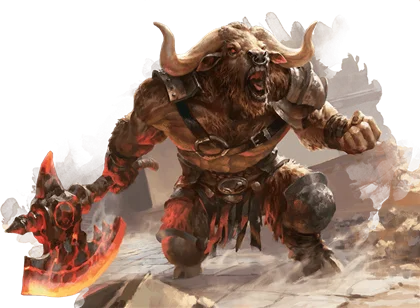
VS DRAGONBORN
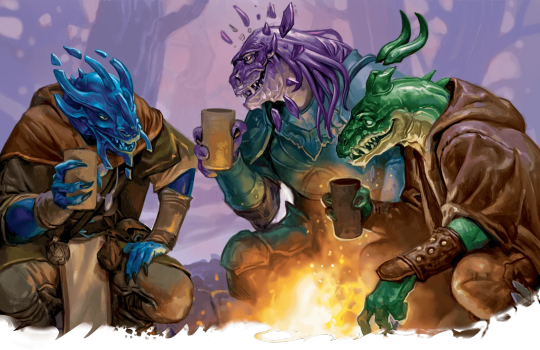
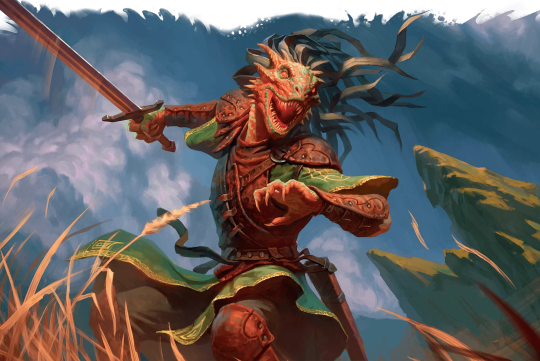

First up, Minotaur! Around 7-9 ft (2.1-2.7 m) tall, impeccable sense of direction, strong as an ox, and typically cover those massive horns in etchings and runes and bands of metal! They actually aren't quick to anger in particular, just passionate in general, they're just as quick to laughter. They value not just power, but wit and cunning, so you can still impress without needing to get rough...but they do usually enjoy getting rough.
Next Dragonborn! So many looks, all without tails. They're tall, averaging about 6-7 ft (1.8-2.1 m), and tend to be strong as a default. They're loyal, proud, hold family highly, and have a similar lifespan to humans (though they mature far faster). They also breathe and resist the element of the dragon they resemble, so you've got some options if temperature play's your thing. Note that their body temperature actually runs a bit hotter than a human's, and apparently they have ridged dicks in the BG3 character creator!
1K notes
·
View notes
Text
I did the art for this =D





Monster: Infermeleon (CR 3, Medium Dragon)
✨Made in collaboration with @annomicon ✨
The infermeleon is what happens when an apex ambusher takes a long walk through molten rivers and comes back breathing fire. Literally. This draconic behemoth hunts anything wrapped in metal, striking with a flaming tongue and tail snaps that shake the ground.
Imagine your party crossing a cracked volcanic basin when the ground shudders and, suddenly, smoke coils from the rocks, and glowing eyes lock onto the paladin in full plate armor. How do they survive?
—
➡️ Follow Jhamkul’s Forge on Instagram for more D&D 5e content. Help me reach 10k before the end of the year!
#dnd 5e homebrew#dnd homebrew#dungeons and dragons#ttrpg#5e homebrew#dnd5e#dnd#rpg#d&d#d&d 5e#d&d homebrew#dnd monster#dnd monsters#dnd creatures#d&d 5e homebrew#dnd creature#dungeons & dragons#fantasy monster#dungeon master#dnd dm#dungeonsanddragons#fantasy#fantasy art#chameleon#fantasy creature#jhamkul's forge#tabletoprpg#dragon#tabletop
23 notes
·
View notes
Text
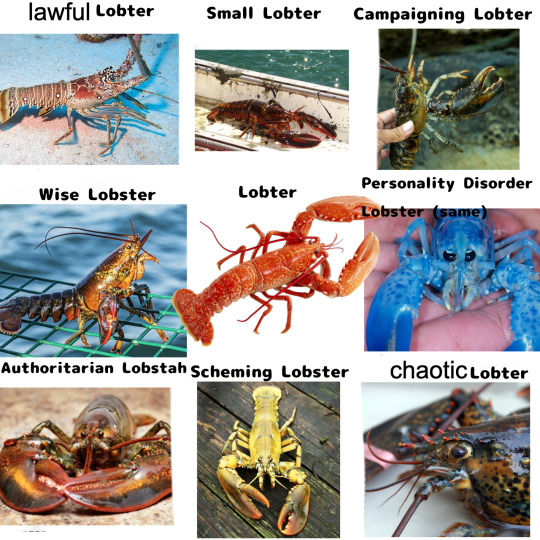
Posting the Lobster alignment chart separately from the tag game
#lobster#march lobster invasion#lobster invasion#lobster invasion march 1st#dnd#d&d#d&d 5e#lobster alignment chart#alignment#alignment chart#dungeons and daddies#glenn close#is the scheming lobster?
718 notes
·
View notes